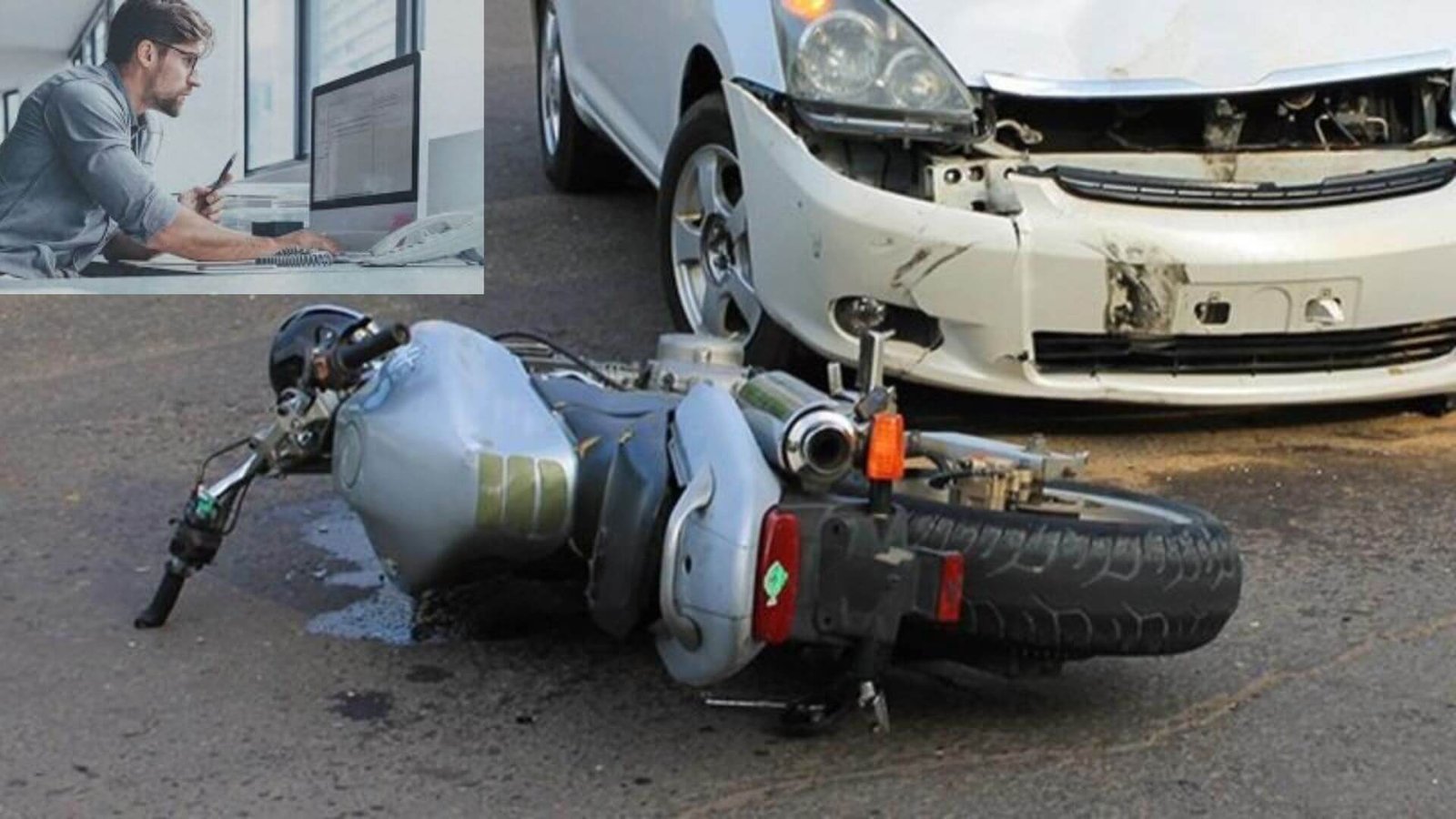Navigating a Bike Accident Insurance Claim: Your Comprehensive Guide

Bike accidents can be jarring and distressing, leaving you not only with physical injuries but also facing financial burdens. Thankfully, insurance coverage can provide the much-needed support to help you recover both physically and financially. In this comprehensive guide, we’ll walk you through the process of navigating a bike accident insurance claim, ensuring you have a clear understanding of the steps to take, the documentation needed, and the challenges you might encounter. By following this guide, you’ll be better equipped to navigate the insurance claim process and secure the compensation you rightfully deserve.
Step 1: Prioritize Safety and Documentation
Before delving into the insurance claim process, ensure your safety and that of others involved. Once you’re in a safe location, follow these steps:
- Contact Authorities: Call the police to report the accident. Their presence will lead to an official accident report, which is crucial for your insurance claim.
- Document the Scene: Take photos of the accident scene, including your bike, any vehicles involved, road conditions, and visible injuries. This documentation will serve as valuable evidence for your claim.
Step 2: Exchange Information
Exchange contact and insurance information with any other parties involved in the accident. This includes names, phone numbers, addresses, insurance policy numbers, and license plate numbers.
Step 3: Seek Medical Attention
Even if your injuries seem minor, it’s essential to seek medical attention promptly. Some injuries might not manifest immediately and could worsen over time. Medical documentation will be crucial for linking your injuries to the accident.
Step 4: Notify Your Insurance Company
Contact your insurance company as soon as possible to report the accident. Provide them with accurate and detailed information about the incident. Your insurance company will guide you through the claim process and provide you with the necessary forms.
Step 5: Gather the Necessary Documentation
To support your insurance claim, gather the following documents:
- Police Report: Obtain a copy of the police report filed at the accident scene.
- Medical Records: Collect medical reports, bills, and receipts related to your injuries and treatment.
- Photos and Evidence: Include the photos and documentation you gathered at the accident scene.
- Witness Statements: If there were witnesses, gather their contact information and statements if possible.
Step 6: Initiate the Claims Process
Your insurance company will provide you with the necessary forms to initiate the claims process. Be honest and accurate when providing information about the accident and your injuries.
Step 7: Cooperate with the Claims Adjuster
Your insurance company will assign a claims adjuster to your case. Cooperate fully with them, providing any additional information they request. They will investigate the accident, review your documentation, and determine the coverage and compensation you’re eligible for.
Step 8: Understand Your Coverage
Familiarize yourself with the coverage your insurance policy provides. Depending on your policy, you may be eligible for medical payments coverage, personal injury protection (PIP), liability coverage, or uninsured/underinsured motorist coverage.
Step 9: Negotiation and Settlement
If your claim is approved, your insurance company will offer a settlement amount. Review the offer carefully and consider consulting with legal counsel if needed, especially if you believe the offer is insufficient to cover your expenses and losses.
Step 10: Seek Legal Help If Necessary
If the claims process becomes complicated, your claim is denied, or you encounter resistance from the at-fault party’s insurance, consider seeking legal assistance. A personal injury attorney experienced in bike accident cases can advocate for your rights and ensure you receive fair compensation.
Conclusion
Navigating a bike accident insurance claim might seem daunting, but with the right information and approach, you can secure the compensation you deserve. Prioritize safety, document the accident scene, communicate effectively with your insurance company, and gather thorough documentation. Understanding your coverage, cooperating with claims adjusters, and seeking legal help when necessary will contribute to a smoother claims process. By following this comprehensive guide, you’ll be better prepared to navigate the insurance landscape after a bike accident and work towards a fair and successful resolution.




